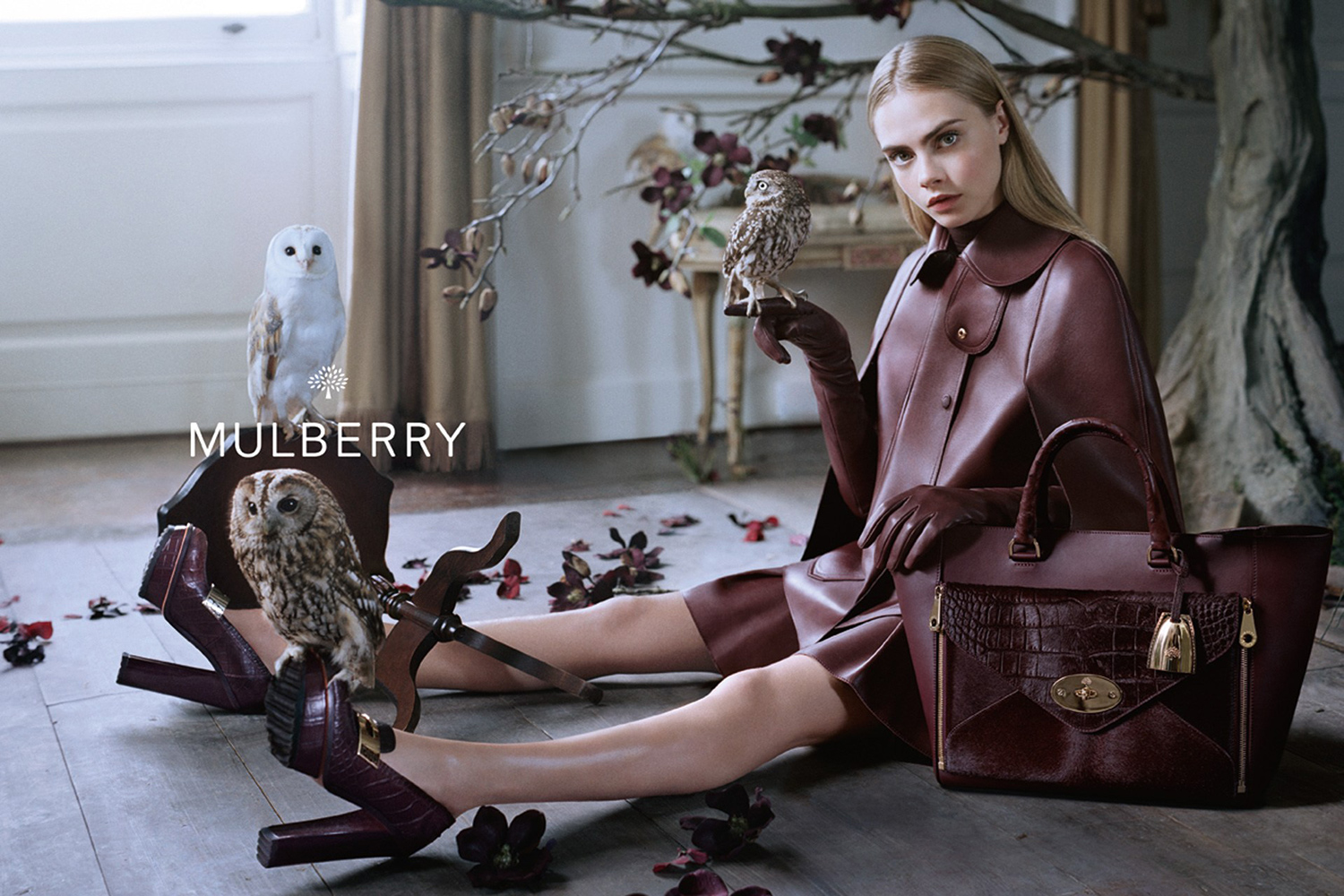Mulberry: The Recovery
Having got ‘up close and personal’ with Mulberry’s inner-workings, our FD Andy contemplates the highs and lows of the brand’s well-publicised journey and the outlook for the future in a 4-part instalment.

I hope that by now I’ve got you sitting on the edge of your seat. After some significant highs and damaging lows, my third instalment sees Mulberry make big changes to their people, pricing and positioning to reclaim their former glory.
People
In April 2014, about 2 years after his appointment, Bruno Guillon resigned as CEO of Mulberry and Godfrey Davis was temporarily reinstated. In 2014 Julie Gilhart and the experienced Thierry Andretta were appointed as Non-Executive Directors and in March the following year Andretta became CEO with Godfrey Davis staying on as Chairman. In the same year, Johnny Coca was appointed as Creative Director, joining from Céline where he was responsible for designing some of the bestselling shoes and bags of the preceding decade.
Interestingly, Godfrey Davis was awarded a £100k bonus in recognition of his hard work as Executive Chairman during this turbulent season. Admirably, he waived his right to the bonus and requested it to be paid to charity. What a guy.
In a two-year period, some highly respected additions to the senior team brought hope and excitement to the team, including a younger FD, Neil Ritchie, joining from Dyson. Fast-forward to 2017 and Andretta’s 60th birthday is fast approaching which means he’ll not be significantly younger than Davis was when he started to step back. I predict that with a new Board taking shape and working together, in the next few years we may see a new CEO elect being brought through the ranks.
Price
Since February 2014, the Mulberry share price has seen relatively consistent and steady growth – from £7.02 per share to £11.12 per share (28 February 2017). However despite this rise, the share price is still less than half that of its peak in May 2012. It also interested me that in the year ending March 2014, Bruno Guillon’s basic salary was £1.4m per year. That’s more than double the basic salary for any other Director or CEO in the company’s history!
The 2014 annual report talks of a return to “affordable luxury“, and returning to the success of the former pricing model. “The new handbag offering introduced over the last two seasons focused on bags priced above £1,000, but has lacked new and interesting products in the key price range of £500 to £800. The design team will ensure that they deliver attractive new products within this key price range while continuing to refresh the collections across our full price spectrum. The benefit of this will be progressive.”
The 2015 accounts built on this, stating “The price positioning of the Mulberry brand has been clarified during the year with particular focus on the critical price range for bags of £500-£1,000. As a result of the changes made, bags within this price range for the Spring Summer 2015 collection represented 66% of the assortment compared to 45% for Spring Summer 2014. The recent improvement in sales momentum suggests that this is a successful strategy.”
Positioning
As well as returning to a price point they have seen so much success with, Mulberry are working hard to embrace the changing retail landscape, offering a truly omni-channel retail experience. “There has been a significant investment in the Mulberry store network over recent years which has meant that approximately 30% of the stores are less than three years old. In the short to medium term, the Group plans to open fewer stores and focus upon improving the range of omni-channel services to match rapidly evolving customer buying behaviour. Approximately 50% of the Group’s digital sales are now executed on mobile phones and tablets, whilst two thirds of searches are made using these devices.” the 2015 accounts explained.
Last year Johnny Coca also made a bold move to rebrand by removing the famed Mulberry bush and adding “ENGLAND” below the name, further emphasising the famed craftsmanship behind their identity. A creative adjustment that was openly welcomed by much of the fashion press and has cleverly ushered in a new age for the brand.
As well as the re-brand, I’m also a big fan of the short film they made to introduce Johnny Coca. The short features a curated message around the prominence of Englishness – the rolling countryside, London skylines, English roses – and his focus for the brand returning to its heritage identity.
Having reinstated the characters that gave them their foundations and made a star hire in their new creative leader Johnny Coca – the team took a hard look at the mistakes they’d made. They revelled once more in their proven method to attract and retain customers with an affordable luxury range and took the chance to start a new with a new look and feel that left the past behind them. Having survived troubled waters, join me soon as I look at the brand as it stands today to asses what the future might hold in Mulberry: The Outlook.
Photos by Mulberry.





